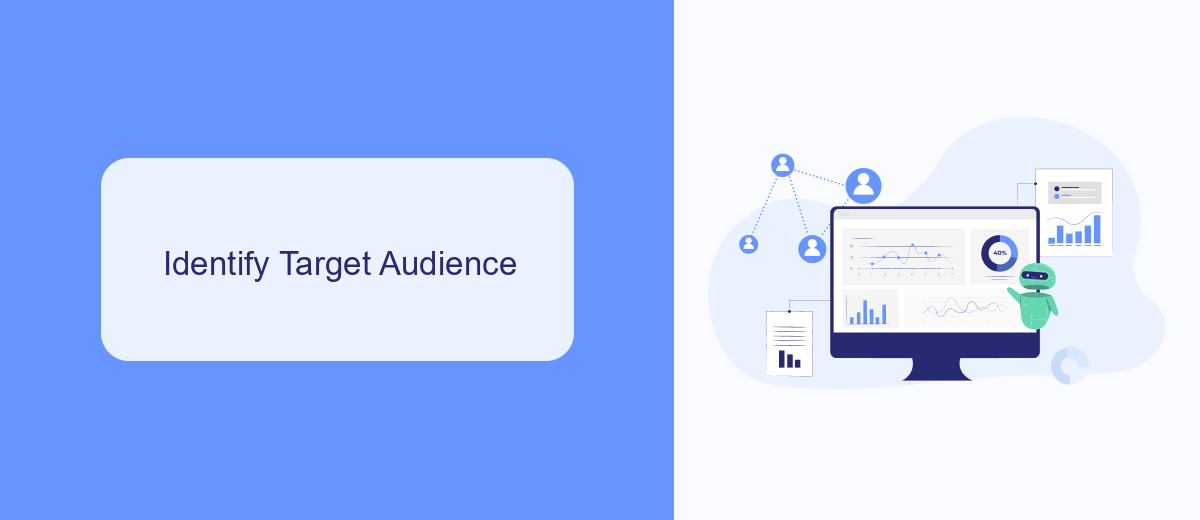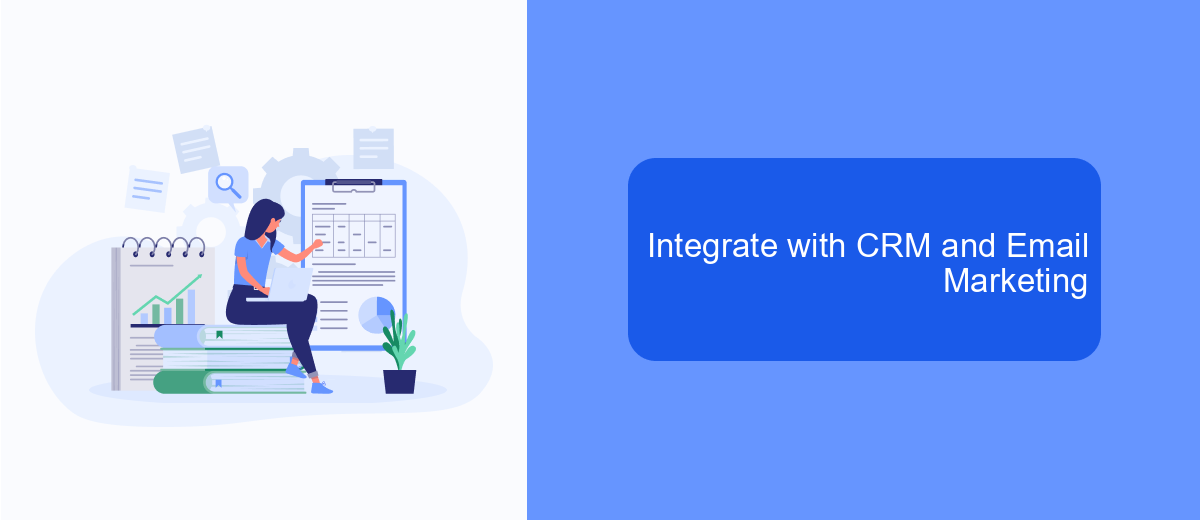Creating an effective lead generation plan is crucial for any business aiming to grow and thrive in today's competitive market. This template provides a comprehensive guide to crafting a strategy that attracts, engages, and converts potential customers. By following these structured steps, you can streamline your efforts, optimize your resources, and ultimately boost your sales pipeline.
Define Lead Generation Goals
Setting clear and achievable lead generation goals is crucial for the success of your marketing strategy. These goals help you focus your efforts, measure progress, and make necessary adjustments to optimize your lead generation process.
- Increase the number of qualified leads by 20% within the next quarter.
- Enhance lead conversion rates by 15% over the next six months.
- Boost website traffic by 25% through targeted content marketing campaigns.
- Implement and integrate a lead management system, such as SaveMyLeads, to streamline lead tracking and nurturing.
- Reduce lead acquisition costs by 10% through more efficient marketing channels.
By defining these specific goals, you can create a focused plan that aligns with your overall business objectives. Utilizing tools like SaveMyLeads can further enhance your lead generation efforts by automating data integration and improving the efficiency of your lead management processes. Regularly review and adjust your goals based on performance metrics to ensure continuous improvement and success.
Identify Target Audience

Identifying your target audience is a crucial first step in any lead generation plan. To begin, analyze your current customer base and identify common characteristics such as demographics, interests, and purchasing behaviors. This will help you create a detailed buyer persona that represents your ideal customer. Use tools like surveys, social media insights, and website analytics to gather data and refine your understanding of who your target audience is.
Once you have a clear picture of your target audience, tailor your marketing strategies to meet their needs and preferences. Utilize platforms and channels where your audience is most active, and craft personalized messages that resonate with them. Consider integrating services like SaveMyLeads to streamline your lead generation process. SaveMyLeads can automate data collection and integration, ensuring that you capture and organize leads efficiently. By focusing on the right audience, you can increase the effectiveness of your lead generation efforts and ultimately drive more conversions.
Create Lead Capture Forms

Creating effective lead capture forms is crucial for gathering valuable information about potential customers. To maximize your lead generation efforts, ensure your forms are user-friendly and strategically designed to capture the necessary data without overwhelming the user.
- Keep it Simple: Request only essential information such as name, email, and company. The fewer fields, the higher the conversion rate.
- Use Clear Call-to-Actions: Make sure your submit button stands out and clearly communicates the benefit of filling out the form, such as "Get Your Free Ebook" or "Sign Up for a Free Trial."
- Integrate with Your CRM: Utilize services like SaveMyLeads to automatically transfer captured data to your CRM, ensuring a seamless follow-up process.
- Provide Value: Offer something valuable in return for the information, such as a free guide, discount, or access to exclusive content.
- Test and Optimize: Regularly test different form designs and placements to determine what works best for your audience and continuously optimize for better results.
By following these best practices, you can create lead capture forms that not only gather essential information but also enhance the user experience. Remember, the goal is to make it as easy as possible for potential leads to provide their details while ensuring that the information collected is useful for your marketing efforts.
Integrate with CRM and Email Marketing

Integrating your lead generation plan with a CRM and email marketing platform is crucial for managing and nurturing leads effectively. A CRM helps you keep track of all interactions with potential customers, while email marketing platforms allow you to engage with them through personalized campaigns.
To start, choose a CRM that fits your business needs and integrates seamlessly with your email marketing tool. Platforms like Salesforce, HubSpot, and Zoho CRM are popular choices. Once you have your CRM in place, set up automated workflows to ensure leads are captured and categorized correctly.
- Connect your lead capture forms to your CRM.
- Set up automated email sequences to nurture leads.
- Use tools like SaveMyLeads to streamline integrations.
- Monitor and analyze lead interactions to optimize your strategy.
By integrating your CRM with your email marketing efforts, you can create a cohesive system that not only captures leads but also nurtures them through the sales funnel. This ensures that no lead is lost and that each potential customer receives timely and relevant communication.


Track and Analyze Results
Tracking and analyzing your lead generation efforts is crucial for understanding the effectiveness of your strategies and making data-driven decisions. Start by setting up key performance indicators (KPIs) such as conversion rates, lead quality, and cost per lead. Utilize tools like Google Analytics and CRM systems to monitor these metrics in real-time. Regularly review your data to identify trends and areas for improvement, ensuring that you are targeting the right audience and optimizing your campaigns accordingly.
Integrating your lead generation tools can significantly enhance your tracking capabilities. Services like SaveMyLeads allow seamless integration of various platforms, automating data transfer and ensuring that all your lead information is centralized. This not only saves time but also provides a comprehensive view of your lead generation performance. By leveraging such integrations, you can gain deeper insights, streamline your processes, and ultimately drive more effective and efficient lead generation strategies.
FAQ
What is a Lead Generation Plan Template?
Why do I need a Lead Generation Plan Template?
What elements should be included in a Lead Generation Plan Template?
How can I automate my lead generation process?
How do I measure the success of my lead generation plan?
Personalized responses to new clients from Facebook/Instagram. Receiving data on new orders in real time. Prompt delivery of information to all employees who are involved in lead processing. All this can be done automatically. With the SaveMyLeads service, you will be able to easily create integrations for Facebook Lead Ads and implement automation. Set up the integration once and let it do the chores every day.
